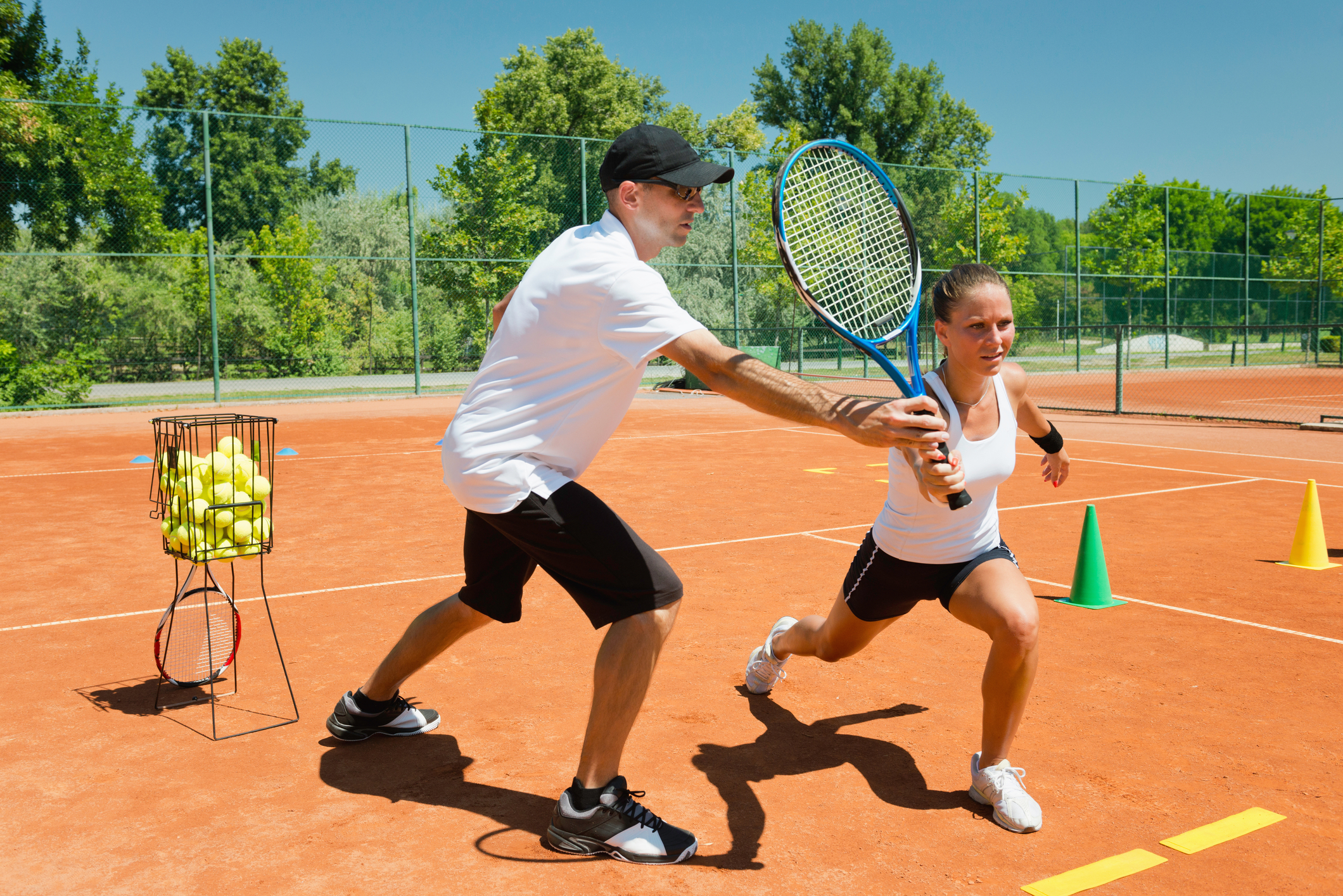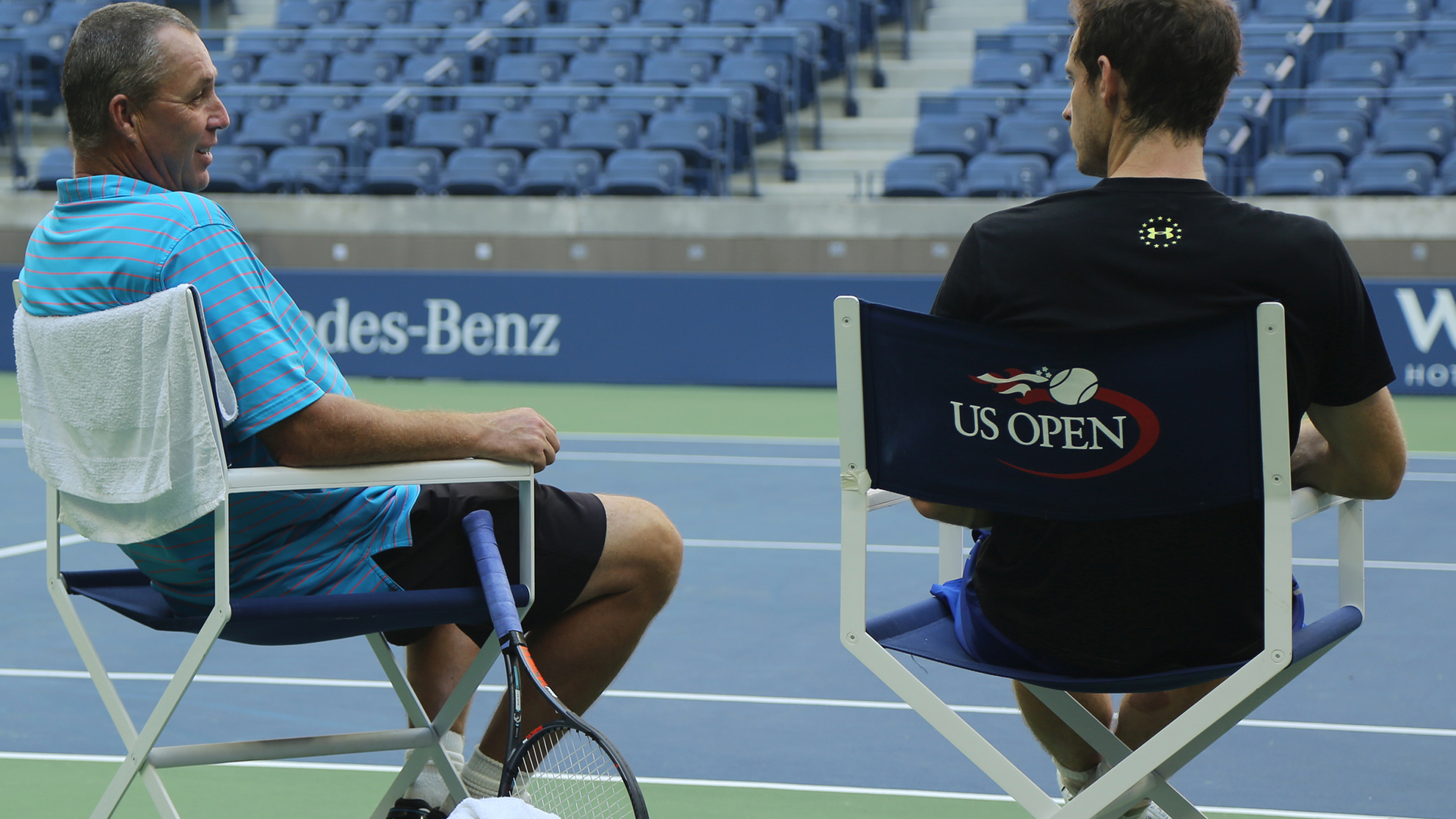This content is associated with The Open University's Sport and Fitness courses and qualifications.
While it is not yet clear if British tennis player Emma Raducanu will compete at Wimbledon after her recent withdrawal from the Nottingham Open with an injury, it is highly likely that she will feature in media discussions during the tournament. Indeed, she has become a regular in the media since her impressive US Open win in 2021 at the age of 18 years, where she was the first British woman to win a Grand Slam event since 1977.
One recent topic of conversation has been Raducanu’s ‘carousel of coaches’ (Fuller, 2022) and discussions of how she has worked with four coaches since Wimbledon last year. There has been speculation on this high turnover of support particularly when we see that the coach who supported her to victory in the US Open, Andrew Richardson, did not have his contract renewed following the tournament.
Indeed, more recently following the parting of ways from her last coach in April of this year, Raducanu stated that she was in no rush to find a permanent coach citing that she has a good team around her (BBC Sport, 2022). While this decision might raise some eyebrows given her age and career experience, there were similar headlines surrounding Roger Federer when he chose to go it alone following the end of his relationship with his coach of two and half years before Wimbledon in 2007, following a run of poor performances. Both players citing confidence in their own abilities to compete unsupported.
Successful partnerships
This is not the norm, however, and we have seen examples of successful coach–athlete relationships on the tennis court, such as Andy Murray and Ivan Lendl who have worked together between 2011–2014 to achieve Wimbledon and Olympic success and again in 2016/2017.
But what makes an effective coach–athlete relationship? Research in this area has grown over the last two decades with Professor Sophia Jowett, the leading researcher in this field, investigating the content and nature of coach–athlete relationships since the early 2000s. How we define this relationship has changed over time, but in the main it considers a social situation for the coach and athlete that is continually shaped by their thoughts, feelings and behaviours. Further, Jowett (2017, p.155) adds ‘that a coach and an athlete are mutually and causally interdependent and thus how one feels, thinks and behaves affects and is affected by how the other feels, thinks and behaves’, which highlights the importance of getting the relationship ‘right’. An ideal coach–athlete relationship is one that is:
both ‘successful’ in terms of performance achievement and ‘effective’ in terms of personal growth and wellbeing (Jowett, 2007)
In elite sport, such as tennis, an effective and successful relationship is desirable because it encourages both performance success and positive development for both athlete and coach. Applying this definition to Raducanu’s situation, perhaps her relationship with Andrew Richardson was successful (US Open win) but not effective (how she was developing as a player and person), and this influenced the decisions made.

The basis of a strong relationship
One key framework developed from Jowett’s research is the 3+1Cs model (Jowett, 2005), where a good quality coach–athlete relationship comprises high levels of the four constructs:
Closeness – containing four key relational properties: trust, respect, appreciation, and interpersonal liking.
Commitment – considers the thoughts, motivations and willingness of the athlete and coach to maintain close ties over time.
Complementarity – capturing the roles in the relationship and co-operation in the dyad, that is being open and comfortable in each other’s presence.
Co-orientation – the degree to which there is shared knowledge and understanding between the coach and athlete (e.g., shared understanding, common ground).
It is difficult to establish the level of closeness, or complementarity in the relationship between Emma Raducanu and the four coaches she has worked with in the last 12 months. However, when examining the construct of commitment in the relationship, if short contracts were agreed, or there was an element of uncertainty in the length of the relationship, Jowett and colleagues’ research suggests that this could ultimately impact on the quality of the relationship. From this research, there are established questionnaires available that can offer evidence about a relationship and could be used by researchers, coaches, or indeed Raducanu’s father – cited in the media as being influential in decision making when it comes to coach choice (Fuller, 2022), to support any ongoing relationship development.
So, when you are watching Wimbledon, and see players looking to the box, or referring to their coaches in post-match interviews, consider evidence of the quality of the relationships at play – evidence of the 3+1C’s, for example. Reflect too on whether the relationships you see are not only producing winning performances but also promoting mutual personal growth and development.








Rate and Review
Rate this article
Review this article
Log into OpenLearn to leave reviews and join in the conversation.
Article reviews